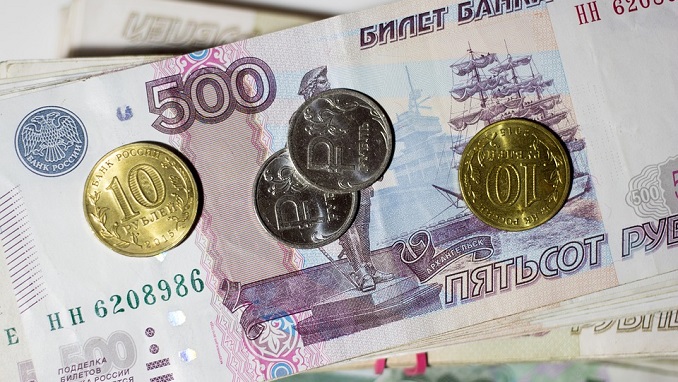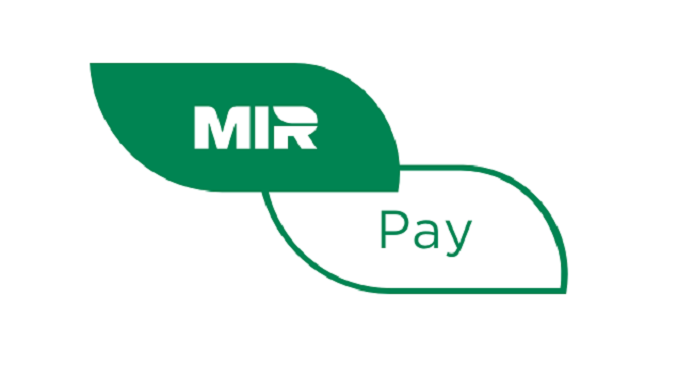Considering the serious problems with watering the cotton and other agricultural lands in the summer months, there’s an emerging need of introducing new irrigation technologies in Azerbaijan’s agriculture, Chairman of the Agrarian Policy Committee of Azerbaijan’s parliament Tahir Rzayev said.
Rzayev noted that there are over one million hectares sown with grain due to increased cultivation of cotton – which was earlier cultivated on 40,000-50,000 hectares, but now is cultivated on more than 100,000 hectares – as well other agricultural crops.
He underscored that new irrigation technologies should be introduced since the lack of them creates the problem of wasting much-needed water in agriculture.
Around 62.4% or 664,000 hectares of the 1.064 million hectares sown with winter crops for the harvest of 2023 are sown with wheat, 400,000 hectares (37.59%) are with barley and 100 hectares (0.01%) are sown with rye.
Azerbaijan’s agricultural output, in the meantime, increased 3.3 percent in January 2023 – compared to the same period last year- to 456.2 million manat ($268.35 million) while crop production value rose by 2 percent in the same period, reaching 23.1 million manat ($13.5 million).
During the conference titled “Prospects for the development of alternative financial markets in Azerbaijan” at the beginning of March, the director of the US Agency for International Development’s Mission in Azerbaijan pointed out that the agency sees great potential in Azerbaijan’s agricultural sector.
According to USAID’s director Michael Nehrbass, small and medium-sized enterprises create a large number of jobs in Azerbaijan’s agricultural sector.
He announced that the agency aims to create and support inclusive financing and competition in Azerbaijan, noting that they’re working on creating platforms not only to support SMEs but also the development of inclusive entrepreneurship i.e. women’s entrepreneurship and the implementation of alternative sources of financing for SMEs.



